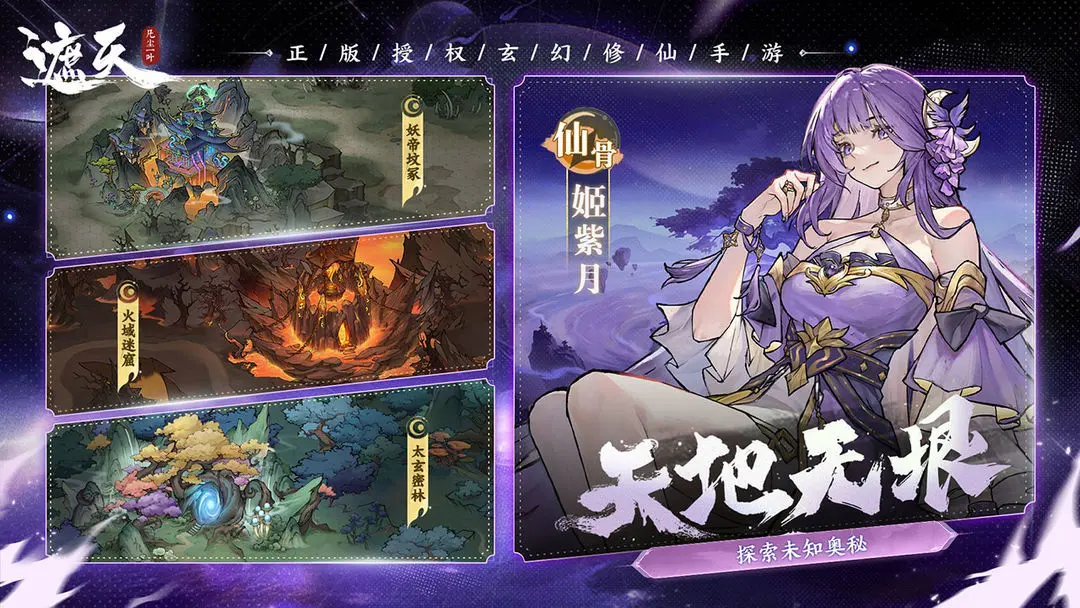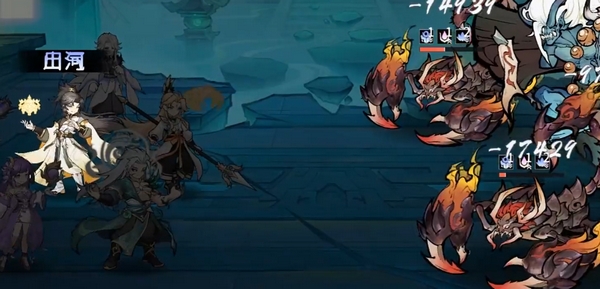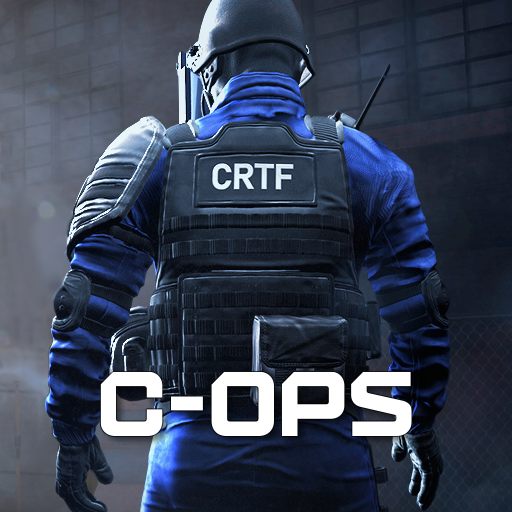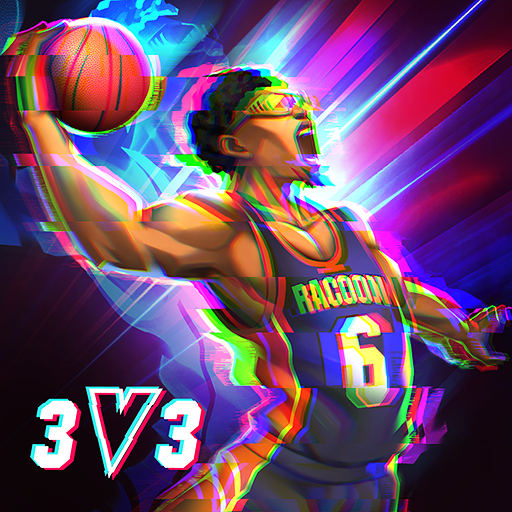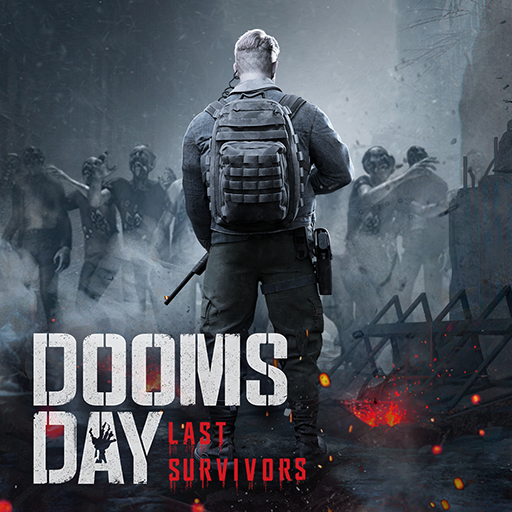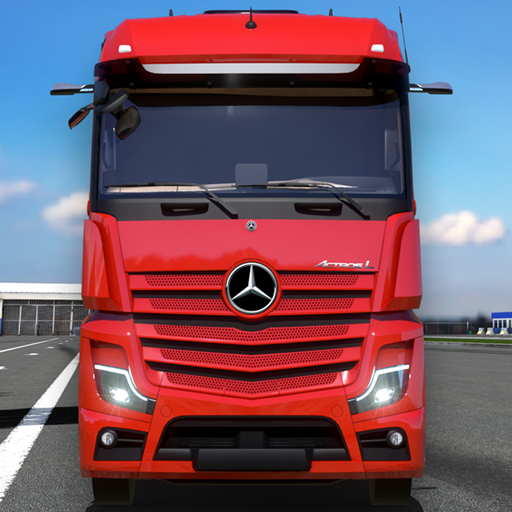Valorant Mobile, as a popular shooting game, has some newcomers wondering if Valorant Source Energy Action requires in-game spending. As an FPS competitive mobile game, it indeed includes in-game spending, but mainly focuses on cosmetic skins that do not affect the game balance. Below is an analysis of some of the in-game spending systems to help you decide whether to get into the game or spend money, and to have a better experience.

1. Skin Spending System
The main point of in-game spending here is on skins, which can measure the wealth of players, but does not affect combat power. The Singularity set (high-end skin) costs about 1060 yuan, including multiple components such as gun skins and knife skins. The purple set is relatively cheaper, with an overall cost of around 860 yuan, and individual gun skins cost about 215 yuan. If it's a blue quality, then the price will be lower.
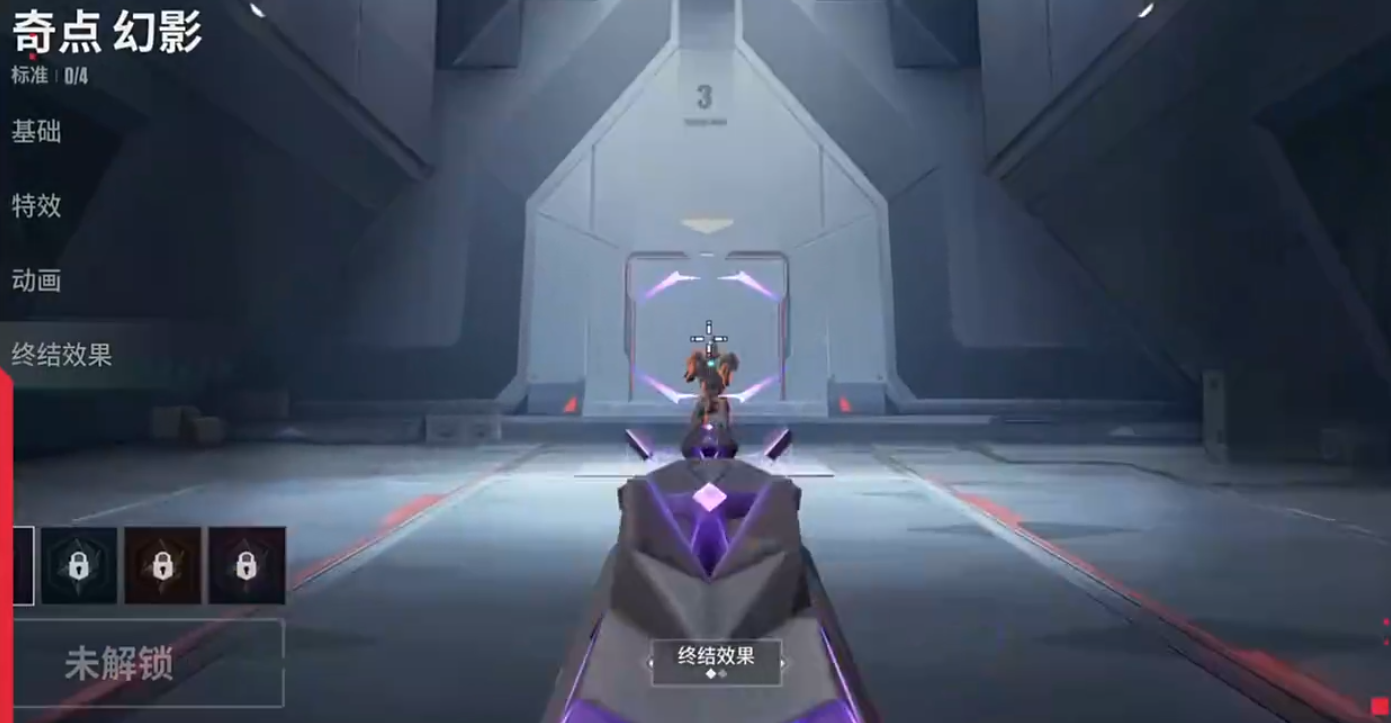
Skins can be obtained through direct purchase or random refreshes in the daily store, the latter depending on luck, and it might take a long time to get the desired skin. For special events, there may also be discounted skins available, but this also relies more on luck.
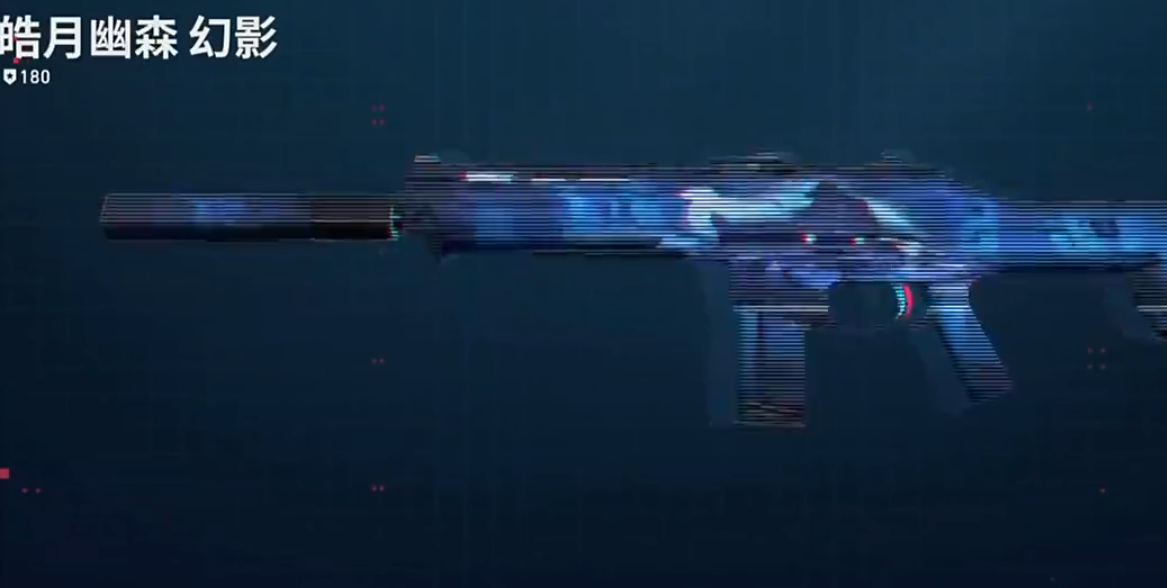
2. R-Point Upgrade System
The initial state of the skin you first obtain only provides basic appearance; full effects require upgrading with R-Points (such as kill effects, inspection actions, etc.). To acquire R-Points, one mainly relies on rewards from battle passes, with fewer coming from events. The R-Points required to upgrade a skin are approximately equal to buying a new skin at its original price, creating a long-term spending pressure for players with many skins.

Since the in-game spending points mainly focus on skins, for players who do not like skins, they naturally do not need to spend any money. However, for those who enjoy collecting various high-value skins, they will naturally need to spend some money to upgrade their skins.
